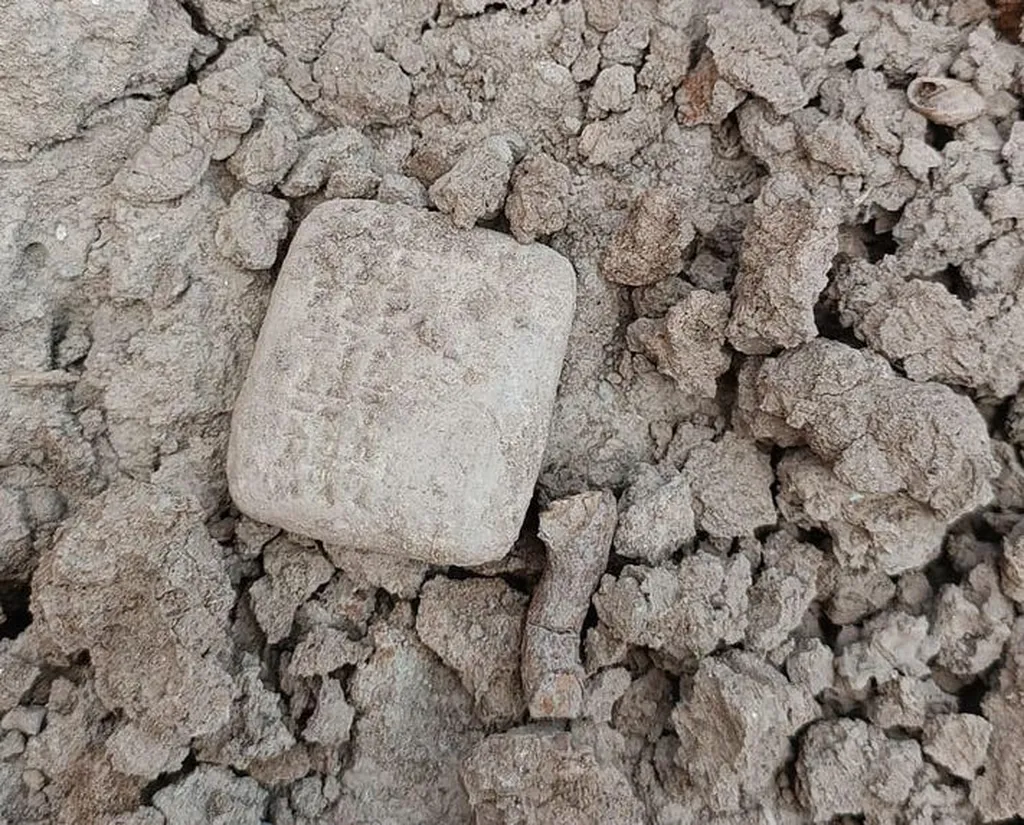In the heart of Turkey’s Denizli province, a modest earthquake shook the ground on March 20, 2019, but its impact was far from ordinary. The magnitude 5.5 tremor, centered near Yeniköy village in the Acıpayam district, left a trail of destruction, particularly on masonry structures. The event has since become a subject of intense study, with geotechnical experts delving into the unique soil conditions that exacerbated the damage. At the forefront of this research is Halil Kumsar, a geotechnical engineer from Pamukkale University, whose findings, published in the Pamukkale University Journal of Engineering Sciences, offer crucial insights for the construction and energy sectors.
The Acıpayam basin, where the earthquake struck, is a geotechnical puzzle. The soil structure is a complex mix of silty, gravely, and sandy clay, with groundwater levels varying dramatically from just one meter to eleven meters below the surface. This variability played a significant role in the extent of the damage. “The high value of soil amplification in the basin is one of the main reasons for the heavy damage on the structures,” Kumsar explains. Soil amplification refers to the increase in ground motion due to local soil conditions, a phenomenon that can turn a modest earthquake into a destructive force.
The commercial impacts of this research are substantial, particularly for the energy sector. Infrastructure projects, including power plants, pipelines, and renewable energy installations, often require a deep understanding of local geology. The findings from Acıpayam underscore the importance of thorough geotechnical site investigations. “Understanding the soil structure and groundwater levels is crucial for designing resilient structures,” Kumsar emphasizes. This knowledge can help energy companies mitigate risks and reduce the likelihood of costly damages during seismic events.
Moreover, the study highlights the need for stricter building codes and better construction practices. In Acıpayam, many buildings were constructed using clayey adobe bricks and hollow bricks, materials that proved vulnerable to the earthquake’s forces. Unpermitted construction of roof floors using hollow bricks further compounded the problem. These insights can inform future construction projects, not just in Turkey but in other regions with similar soil conditions.
The research also sheds light on the absence of soil liquefaction, a phenomenon where saturated soil loses strength and stiffness in response to earthquake shaking, often leading to significant damage. The fact that liquefaction did not occur in Acıpayam, despite the complex soil structure, is a valuable data point for geotechnical engineers. It suggests that while soil amplification can cause extensive damage, it does not necessarily lead to liquefaction.
As the energy sector continues to expand, particularly with the growth of renewable energy projects, the need for detailed geotechnical studies will only increase. The lessons from Acıpayam serve as a reminder that understanding the ground beneath our feet is as important as the technology we build above it. Kumsar’s work, published in the Pamukkale University Journal of Engineering Sciences, is a significant step towards this understanding, offering a roadmap for safer, more resilient construction in the face of seismic challenges.

